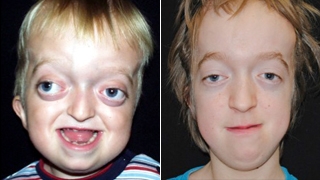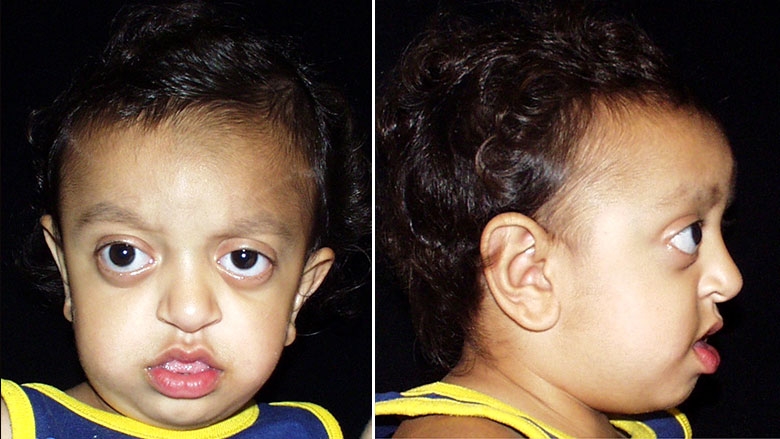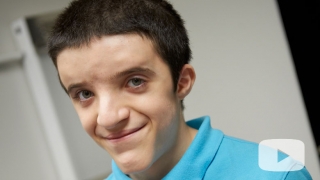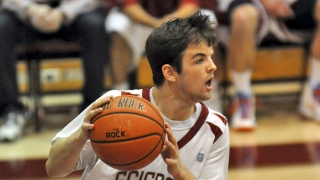Crouzon Syndrome
What is Crouzon syndrome?
Crouzon syndrome, also known as craniofacial dysotosis, is a genetic syndrome in which the seams of the skull fuse in abnormally. This affects the shape of the head and face. It is the most common type of syndromic craniosynostosis. Gene mutations are responsible for the abnormal skull fusions. Crouzon syndrome shares many of the same features as Apert syndrome.
 Crouzon syndrome has the following characteristics:
Crouzon syndrome has the following characteristics:
- Craniosynostosis: early closure of one or more of the seams in the skull, causing an abnormal skull shape with increased vertical height.
- Midface hypoplasia: decreased growth of the midface. This causes a crescent moon or sunken facial appearance with depressed nasal bridge and beak nose. Decreased growth of the central face can contribute obstructive sleep apnea and airway concerns.
Other common characteristics include large forehead, shallow eye sockets causing prominent eyes, narrow palate with or without a cleft, fused bones of the arms, elbows and hips, and hearing loss. The characteristic feature that distinguishes Crouzon syndrome from other types of syndromic craniosynostosis is the absence of hand anomalies.
Crouzon syndrome characteristics
Common issues and complications
Crouzon syndrome presents many of the same associated issues as Apert syndrome, including airway compromise, sleep apnea, hydrocephalus and eye exposure issues. It is important for patients with Crouzon syndrome to be treated by a multidisciplinary care team that specializes in caring for children with these complex disorders.
At CHOP we have a comprehensive Craniofacial Program where patients are seen by the following specialties:
- Plastic surgeons – craniofacial and hand surgeons
- Oral surgeons
- Neurosurgeons
- Otolaryngologists (ear, nose and throat specialists)
- Pediatric dentists
- Craniofacial-trained orthodontists
- Geneticists
- Speech and language pathologist
- Audiologist
- Psychologists
- Advanced Practice Providers – NPs and PAs
- Nurses
- Pulmonary Medicine
Treatment
The treatment of Crouzon syndrome is dependent upon both functional and appearance-related needs, and should be addressed immediately after your child is born. Because of the complex issues that can be associated with Crouzon syndrome, your child should be treated at a medical center that includes pediatric specialists across the many clinical areas your child may need.
At Children’s Hospital of Philadelphia, coordinated care of patients with Crouzon syndrome is typically managed through the Craniofacial Program, working closely with the Center for Pediatric Airway Disorders to address breathing issues, as well as the Pediatric Feeding and Swallowing Center to manage feeding issues. Eye protection or balance issues, such as strabismus, are coordinated through the Division of Ophthalmology.
Because every patient with Crouzon syndrome has unique problems, the timing and course of surgical treatment is highly individualized. It is important to see a surgeon with expertise in pediatric plastic, reconstructive and oral surgery who specializes in treating these rare conditions. Learn more about the surgical treatment approach for syndromic craniosynostosis.
As your child grows, she should also have access to psychosocial support services to address any mental, social or psychological issues that accompany these conditions.
Watch our educational video to learn more about the services and treatment options CHOP offers to children with craniofacial conditions such as Crouzon syndrome.
Reviewed by Scott P. Bartlett, MD, Jesse A. Taylor, MD



